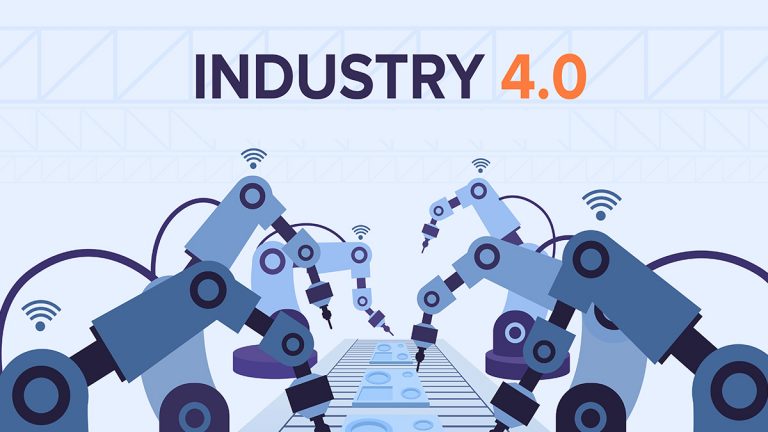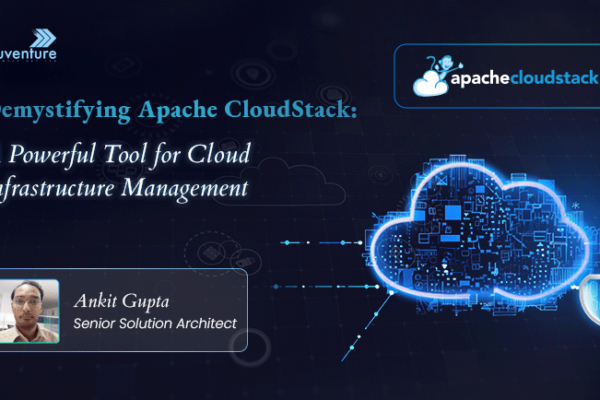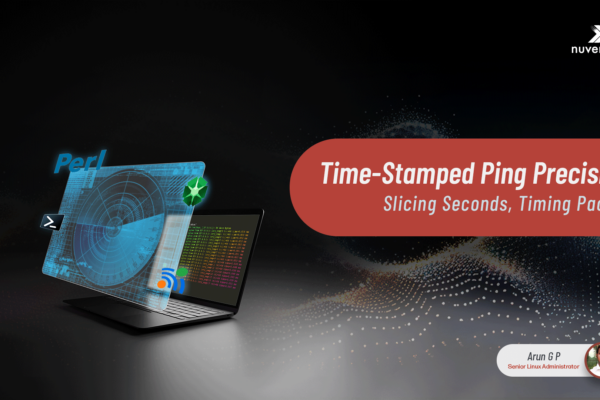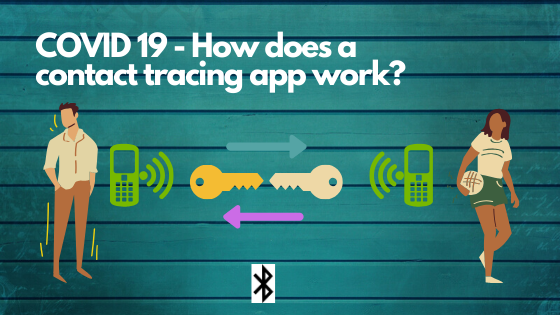1. A peep into the history

Since the invention of stone tools during the palaeolithic era, we humans continue to invent new solutions or innovate better solutions for every problem we come across. All the machines that we see around us are a few examples. Basically, there are four major phases of technological advancements since the second half of the 18th century that have revolutionised industrial production technology from the past. This transformation to a new phase is coined the Industrial revolution.
1.1 Industrial Revolution 1.0- 1765
So how did this transformation from the stone tools to the modern gadgets we see around us happen?
The best answer to this would be a proverb: “Necessity is the mother of invention”. Yes, it all started during the 18th century when the Britons had a shortage of lumber when they used most of it for shipbuilding, construction, cooking and heating.
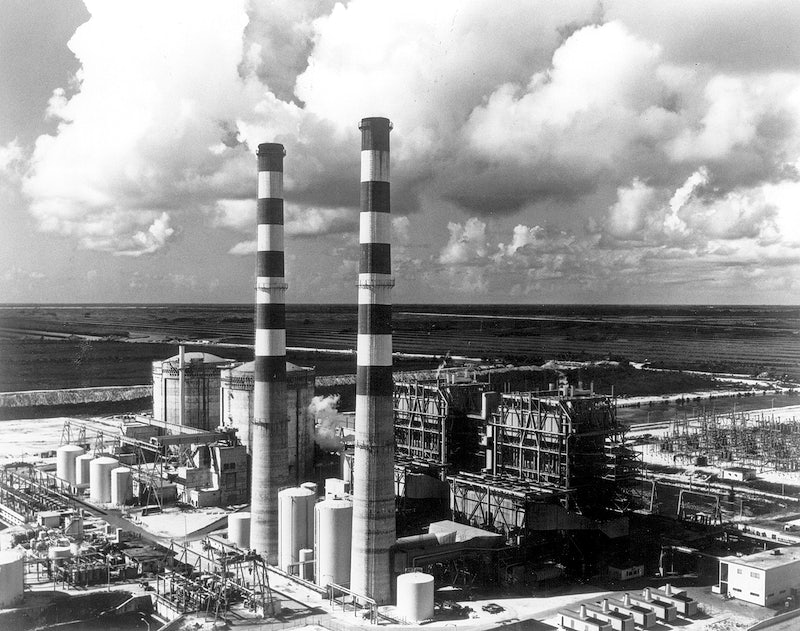
They were desperately searching for an alternative to burn. As a replacement for lumber, they discovered coal. This discovery ultimately paved the way for the invention of steam engines which marked the beginning of a great industrial revolution. The steam engine-powered spindles and loom resulted in a massive increase in the production rate.
In the early 19th century, the British invented steam engine-powered trains as well as ships. The famous ship Titanic was equipped with massive steam engines. Unfortunately, the RMS (Royal Mail Ship) Titanic sank on its maiden voyage.
Other major inventions during the first industrial revolution are the iron and railways.
1.2 Industrial Revolution 2.0- 1870
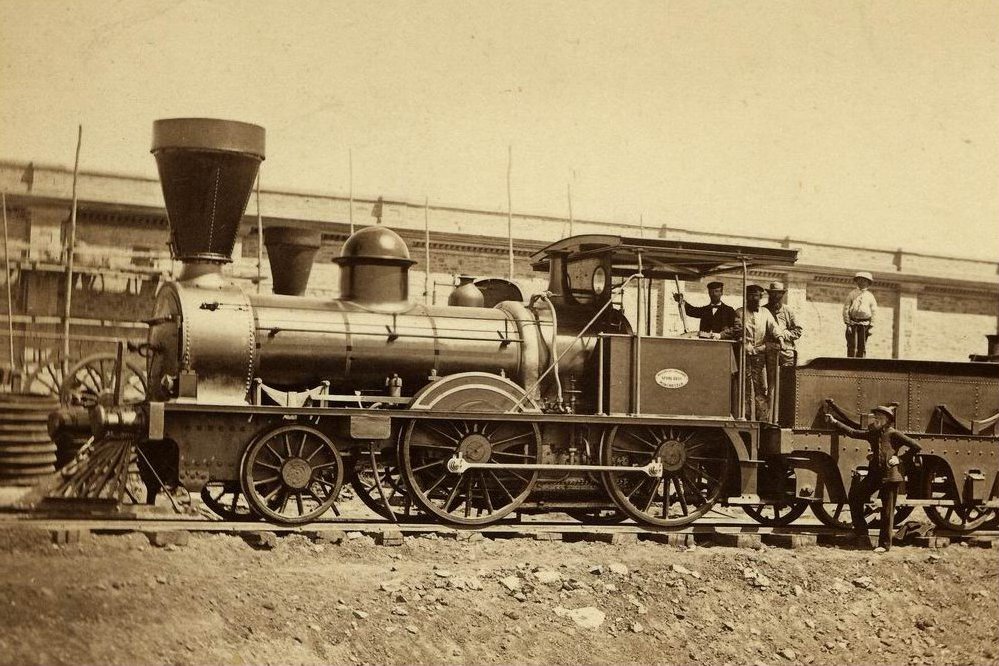
Almost a century later, during the second half of the 19th century, the introduction of the assembly lines using conveyor systems for mass production and the emergence of electricity, a new source of energy drastically changed the automobile production process and capacity.
Other major inventions during this period are the telegraph, the telephone, and petroleum.
1.3 Industrial Revolution 3.0- 1969
The third industrial revolution happened recently with the introduction of computers, and Programmable Logic Controllers (PLC). The digitisation of the factories using PLCs facilitated the partial automation of the production process. Over the years the technology has developed to a stage where the production process is completely automated without human assistance.
The operation of the robot doing a paint job in the pre-programmed sequence without human intervention is a well-known example of this. The discovery of nuclear energy is another major invention during the third industrial revolution.
1.4 Industrial Revolution 4.0 or Industry 4.0
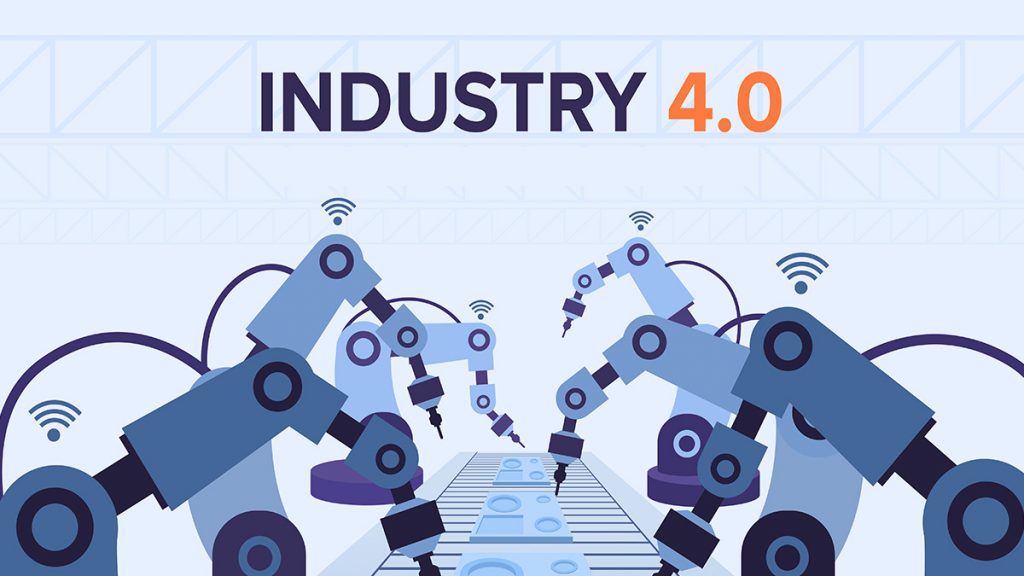
During the period from the second half of the 19th century till about 2010, the process IT systems were disconnected from the business IT systems and the internet. With the global telecommunication revolution and internet ubiquity, connectivity become affordable. The combination of affordable access to the internet and smart mobile devices led to a fusion of process IT systems and business IT systems. The advancements in computing, connectivity and mobility opened up a new era of revolution: Industry 4.0, an era in which the various operations such as manufacturing, maintenance, inventory tracking, and customer service are driven by the integration of the data from all the physical, operational and human assets in the complete system.
2. So, what smart technologies make the fourth industrial revolution a smart revolution? How do these technologies change manufacturing?
Industry 4.0 is not just revolutionising the way how companies design, manufacture, provide services and recycle their products. It all starts from the designing phase itself. Several CAD packages are equipped with generative design capability which is powered by artificial intelligence (AI). Similarly, there are many other technologies such as IoT, cloud computing, AI, edge computing, cyber security, VR, AR, 3D printing, etc. that are driving Industry 4.0.
2.1 IoT- Internet of Things
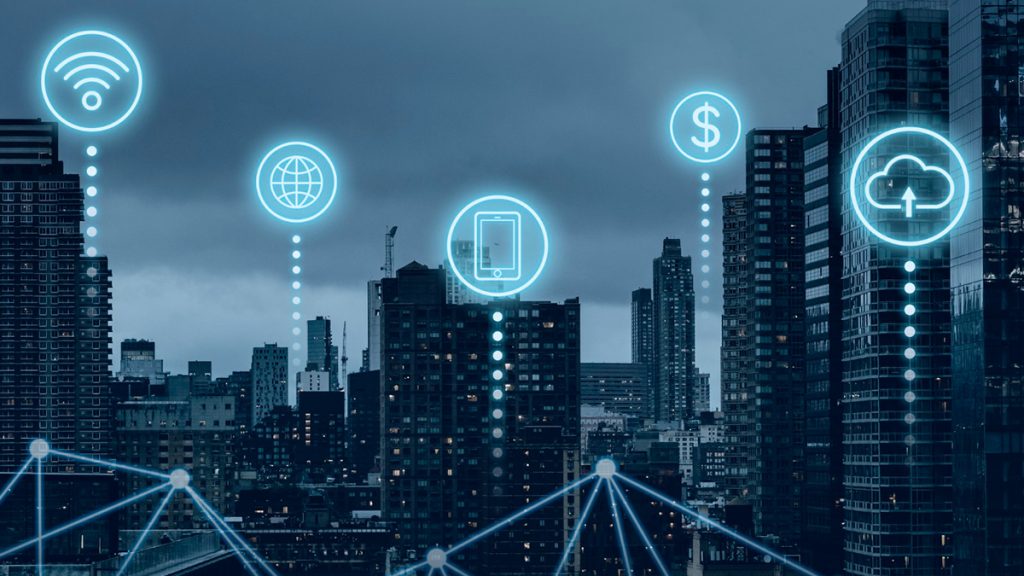
When the web-enabled things or machines communicate with each other to exchange, store, use and retrieve data, it is called the Internet of Things. The ‘thing’ in the ‘IoT’ could be anything such as machines on the factory floor, home appliances, heat pumps, irrigation controllers, traffic signals, etc. IoT facilitates the millions or billions of devices across the globe to get connected to the internet, all collecting and sharing the data. The benefits of these data are many.
To quote one example here, about a month ago, one of my customers who is living over 5000 miles away from me contacted me. His heat pump failed for some reason which he was not sure about. When he contacted me, I logged in to our cloud-based IoT platform and analysed the data collected from the heat pump. I was able to analyse several parameters there and the voltage fluctuation that happened at a particular period of time caused the PCB failure. The cause of this fluctuation was diagnosed and fixed. As it was a wi-fi-enabled heat pump, that real-time data is transferred and stored in our IoT platform. This collected data helped me to monitor, diagnose and fix the trouble. The flexibility that this technology gives me in my job as an Industrial Solutions Associate is really great.
IoT becomes more powerful and efficient when other technologies such as artificial intelligence, edge computing, cyber security, etc. If you are searching for IoT solutions for getting benefited from the advantages they offer, considering a free IoT consultation with our IoT experts would be a great start. Our unique knowledge and expertise in cloud technology, RFID IoT, IoT in manufacturing, IoT in retail and application software can definitely guide you on the right path.
2.2 Cloud Computing
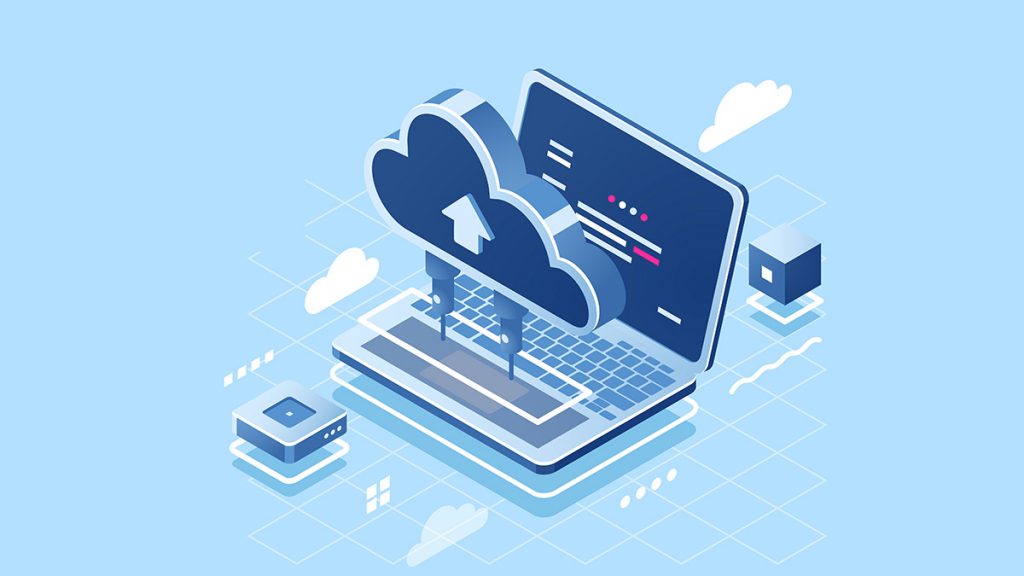
Cloud computing is the keystone in any strategy using Industry 4.0 as it realises the possibility of connectivity and integration of several actors in the system. The large amount of data that is stored in the cloud can be accessed quickly, efficiently and cost-effectively using cloud computing technologies from anywhere whenever required. With AI and machine learning becoming commonplace, cloud computing that can provide powerful computing power is critical.
2.3 Artificial Intelligence and Machine Learning
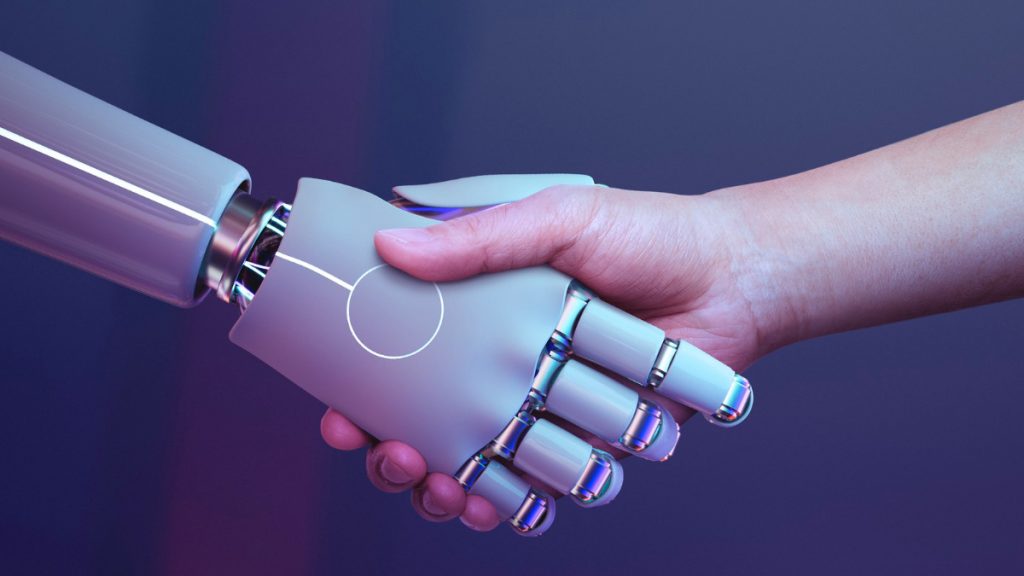
Nowadays, we hear a lot about AI and Machine Learning. All machine learning can be called AI, but not all AI is counted as machine learning. Artificial intelligence is about simulating human behaviour in computers whereas, in machine learning, the machine learns from past data without direct programming.
At one point or another we might have thought “how do the voice assistants like Siri, Alexa, or google respond to our questions and commands efficiently? How google translates texts in any language to the one we want? How can Tesla cars drive by themselves and take us to the destination where we want to go? Well, there is only major answer for this: AI or Artificial Intelligence. Other examples of AI are chatbots, online gaming bots, humanoid robots, etc. Common examples of ML include an online recommending system, FB friends suggestion, or any other prediction by analysing the previously generated data.
Predictive analysis is another application of AI. As an Industrial Solutions Associate, this will be a useful application for me because with a combination of IoT and cloud computing I could monitor the current status and previous parts fitted with sensors. If there are any unusual trends in the system I could easily find them out using the tools available. This not only predicts any unwanted behaviour of the machines and systems but also prevents costly breakdowns and repairs.
Being one of the best AI companies in India, we can help you in implementing AI systems leveraging cutting-edge ML algorithms and robust cloud technology to fortify your capabilities, solve business complexities and drive innovation.
2.4 Edge Computing
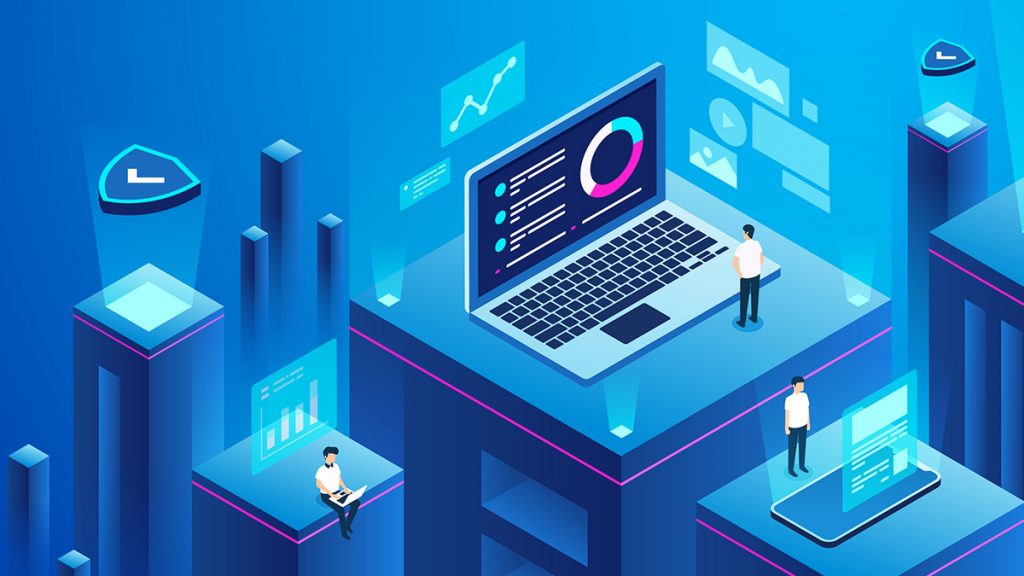
Without edge computing, the data that is generated by the devices will be sent to the enterprise cloud where this data will be processed and a response will be sent back. Sometimes, this can be a lengthy process due to the huge amount of data. As the name suggests, edge computing is a form of computing that is done on the edge where the data is generated. Since the data is processed on-site or near the data source securely, a quicker data processing cycle could be achieved. Many of the smart services that we use today for educational, entertainment and business purposes incorporate some form of edge computing technology.
2.5 Cyber Security

All the above technologies are extremely beneficial to manufacturers, service providers and users like never before, but there is a great risk of cyber attacks as all these processes happen in the cyber world. Therefore it is important to take the necessary steps for safeguarding the cyber-physical systems from potential mishaps.
If you are not sure whether your website or app is secure enough from vulnerabilities, you could book your spot for a stringent security analysis by clicking here.
3. Explore the infinite opportunities that Industry 4.0 offers
The Nuventure team is very proud that we were able to add value to the products and services of many of our customers across the globe. Similarly, If you are looking for solutions using IoT, Cloud computing, cyber security, AI and Machine learning, that can add value to your products and services, please feel free to contact us for a free consultation by clicking here.
